Introduction:
The DASH diet for hypertension: Benefits & Menu Plan is a proven way to lower blood pressure and improve heart health. It focuses on eating fruits, veggies, whole grains, and reducing salt to help manage hypertension naturally.
High blood pressure, or hypertension, is a significant and growing health concern in India. Recent data indicates that over 220 million people in the country live with hypertension, yet only 12% have their blood pressure under control.
The prevalence of hypertension has been increasing over the years. The National Family Health Survey (NFHS-5) conducted between 2019 and 2021 found that 21% of women and 24% of men aged over 15 years have hypertension.
Hypertension is a leading cause of disability and premature deaths in India, contributing significantly to heart diseases and strokes.
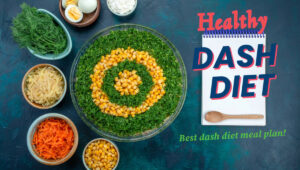
To combat this public health issue, the World Health Organization (WHO) has set a global target to reduce the prevalence of hypertension by 33% between 2010 and 2030.
Stay tuned as we explore how the DASH diet works, its benefits, and simple ways to incorporate it into your daily routine!
What is Dash diet?
The DASH (Dietary Approaches to Stop Hypertension) diet is a healthy and balanced way of eating that helps control high blood pressure and improves heart health.
It is designed to include a variety of nutrient-rich foods like fruits, vegetables, whole grains, and lean proteins while reducing salt, added sugars, and unhealthy fats.
Benefits of dash diets:
Lowers the blood pressure
The Premier trial studied how lifestyle changes, including the DASH diet, help lower blood pressure. The study included 810 people with mild high blood pressure (prehypertension and stage 1 hypertension). Participants were divided into three groups:
- Advice-only group – Given general health tips but no specific changes.
- Lifestyle change group – Encouraged to lose weight, exercise more, and reduce salt and alcohol intake.
- Lifestyle + DASH diet group – Followed the same changes as the second group but also adopted the DASH diet.
Results:
- The advice-only group saw a 6.6 mmHg drop in systolic blood pressure.
- The lifestyle change group experienced a 10.1 mmHg reduction.
- The DASH diet + lifestyle group had the biggest drop of 11.1 mmHg.
The Impact of the DASH Diet, Exercise, and Weight Loss on Blood Pressure
A study by Blumenthal et al. (ENCORE study) examined how the DASH diet, exercise, and weight loss together affect blood pressure and heart health. The study focused on overweight individuals with high blood pressure and divided them into three groups:
- DASH diet only
- DASH diet + weight management (exercise and lifestyle changes)
- Usual diet (control group)
Results:
- The DASH diet + weight management group saw the biggest drop in systolic blood pressure (16.1 mmHg).
- The DASH diet alone lowered blood pressure by 11.2 mmHg.
- The control group had the smallest change (3.4 mmHg).
Additional Health Benefits:
- Better heart function (improved vascular and autonomic functions).
- Reduced heart strain (lower left ventricular mass).
- Greater overall heart health when combining healthy eating, exercise, and weight management.
This study highlights that following the DASH diet along with exercise and weight loss is the most effective way to lower blood pressure and improve heart health, especially for overweight individuals.

DASH Diet and Cancer Prevention
The DASH diet is not only good for heart health but may also help reduce the risk of certain cancers.
A 2019 review found that people who followed the DASH diet had a lower risk of developing cancers such as:
Breast cancer
Liver (hepatic) cancer
Endometrial cancer (cancer of the uterus lining)
Lung cancer
Another study also showed that the DASH diet may help lower the risk of colorectal cancer (cancer of the colon and rectum).
Other Health Benefits of the DASH Diet
The DASH diet is well-known for its ability to lower blood pressure, but research shows that it also offers several other health benefits.
One major advantage is its positive effect on cholesterol levels. Studies have found that following the DASH diet can help:
Reduce “bad” LDL cholesterol (Low-Density Lipoprotein), which can clog arteries.
Lower triglyceride levels, reducing the risk of heart disease.
Although the diet does not significantly impact “good” HDL cholesterol (High-Density Lipoprotein) or total cholesterol levels, it does help improve overall heart health.
A Remarkable Finding: The DASH diet has been linked to a 13% reduction in the estimated risk of cardiovascular disease over 10 years.
What is dash diet food list
The DASH (Dietary Approaches to Stop Hypertension) eating plan emphasizes a balanced and heart-healthy approach to nutrition. It encourages incorporating a variety of nutrient-rich foods into your daily meals. Foods you can enjoy on the DASH diet include:
- Plant based diet: vegetables like Leafy greens, tomatoes, carrots, broccoli, spinach, bell peppers, sweet potatoes, and other fresh, frozen, or low-sodium canned vegetables.
- Fruits: Apples, oranges, bananas, berries, grapes, melons, and other fresh, frozen, or canned fruits without added sugar.
- Whole Grains: Brown rice, whole-wheat bread, oatmeal, whole-grain pasta, quinoa, and barley.
- Dairy (Low-Fat or Fat-Free): Skim milk, low-fat yogurt, and reduced-fat cheese.
- Lean Proteins: Skinless poultry, fish (like salmon, tuna, and trout), eggs, and plant-based proteins like beans, lentils, and chickpeas.
- Nuts and Seeds: Almonds, walnuts, sunflower seeds, and unsalted peanuts (in moderate portions).
- Healthy Fats: Olive oil, canola oil, avocado, and other vegetable oils.
- Herbs and Spices: Basil, garlic, thyme, rosemary, and other herbs to season your food instead of salt.
The DASH plan limits high-saturated-fat foods like fatty cuts of meat, full-fat dairy, butter, and tropical oils (e.g., coconut and palm oils). It also suggests reducing intake of sugary beverages, sweets, and processed snacks.
Best dash diet meal plan
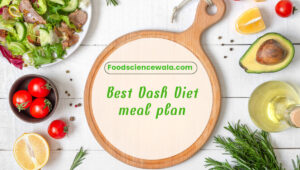
This sample meal plan aligns with the DASH eating plan, offering a balance of whole grains, fruits, vegetables, low-fat dairy, lean proteins, nuts, and healthy fats.
If you are following a 2,000-calorie-a-day diet, here is a sample DASH diet meal plan that aligns with the daily and weekly serving recommendations:
| Meal | Food Choices | Food Group | Serving Size |
| Breakfast | Oatmeal topped with sliced bananas and walnuts, skim milk, and a sprinkle of cinnamon | Whole Grains, Fruits, Nuts, Dairy | 1 cup oatmeal, 1 banana, 2 tbsp walnuts, 1 cup skim milk |
| Morning Snack | Low-fat yogurt with fresh berries | Dairy, Fruits | 1 cup yogurt, ½ cup berries |
| Lunch | Grilled chicken breast with a spinach salad (leafy greens, tomatoes, carrots, bell peppers) dressed with olive oil & lemon | Lean Protein, Vegetables, Healthy Fats | 3 oz chicken, 2 cups salad, 1 tbsp olive oil |
| Afternoon Snack | Almonds and an apple | Nuts, Fruits | ¼ cup almonds, 1 apple |
| Dinner | Baked salmon with quinoa, steamed broccoli, and sweet potatoes | Lean Protein, Whole Grains, Vegetables | 4 oz salmon, ½ cup quinoa, 1 cup broccoli, ½ cup sweet potatoes |
| Evening Snack | Whole-grain crackers with low-fat cheese | Whole Grains, Dairy | 6 small crackers, 1 oz cheese |
| Meal | Food Choices | Food Group | Serving Size |
Summary of Daily Servings:
| Food Group | Servings |
| Grains | 6–8 |
| Meats, Poultry, Fish (Lean Proteins) | 6 or less |
| Vegetables | 4–5 |
| Fruits | 4–5 |
| Low-Fat/Fat-Free Dairy | 2–3 |
| Fats and Oils | 2–3 |
| Nuts, Seeds, Beans (Weekly) | 4–5 |
| Sweets (Weekly) | 5 or less |
| Sodium | 2,300 mg or less |
Does the DASH Diet Work for Everyone?
The DASH diet is well-known for helping lower blood pressure, but it may not work the same way for everyone.
Research shows that people who reduce their salt (sodium) intake often see the biggest improvements in blood pressure. However, the benefits of eating less salt for overall health and a longer life are not always clear.
Some groups of people seem to get better results from cutting back on salt, including:
- Adults over 50
- People with high blood pressure
- People from non-white backgrounds
For younger people, white adults, or those with normal blood pressure, lowering salt may not make as big of a difference.
Experts believe that some people are more salt-sensitive, meaning their bodies react more strongly to salt, causing their blood pressure to rise more easily. This could explain why the DASH diet works better for certain people.
If you’re thinking about trying the DASH diet, it’s always a good idea to talk to your doctor to see what’s best for your health.
References:
- https://www.nhlbi.nih.gov/education/dash-eating-plan
- https://www.who.int/india/health-topics/hypertension?utm
- https://pmc.ncbi.nlm.nih.gov/articles/PMC10042544/?utm
- https://www.who.int/news-room/fact-sheets/detail/hypertension?utm
- https://europepmc.org/article/med/12709466
- https://jamanetwork.com/journals/jamainternalmedicine/fullarticle/415515
- https://shorturl.at/Vploo
- https://pubmed.ncbi.nlm.nih.gov/31140934/
- https://pubmed.ncbi.nlm.nih.gov/32094151/
- https://pubmed.ncbi.nlm.nih.gov/31508914/
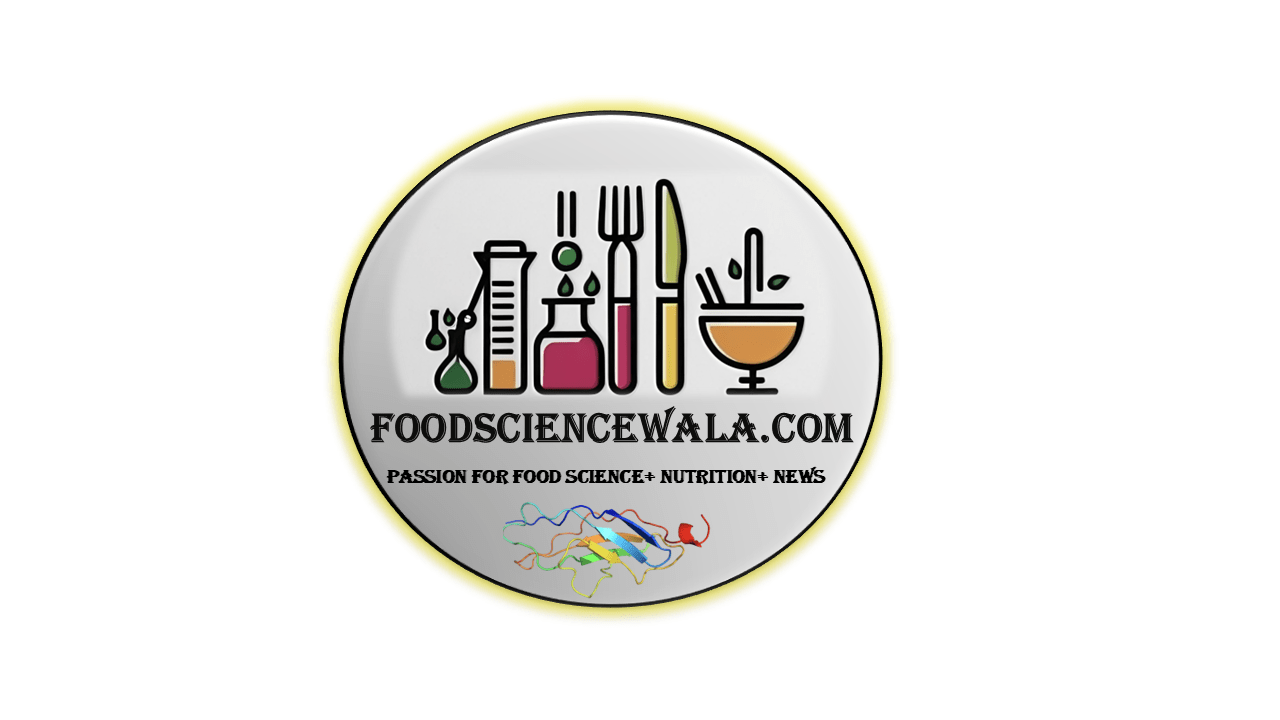
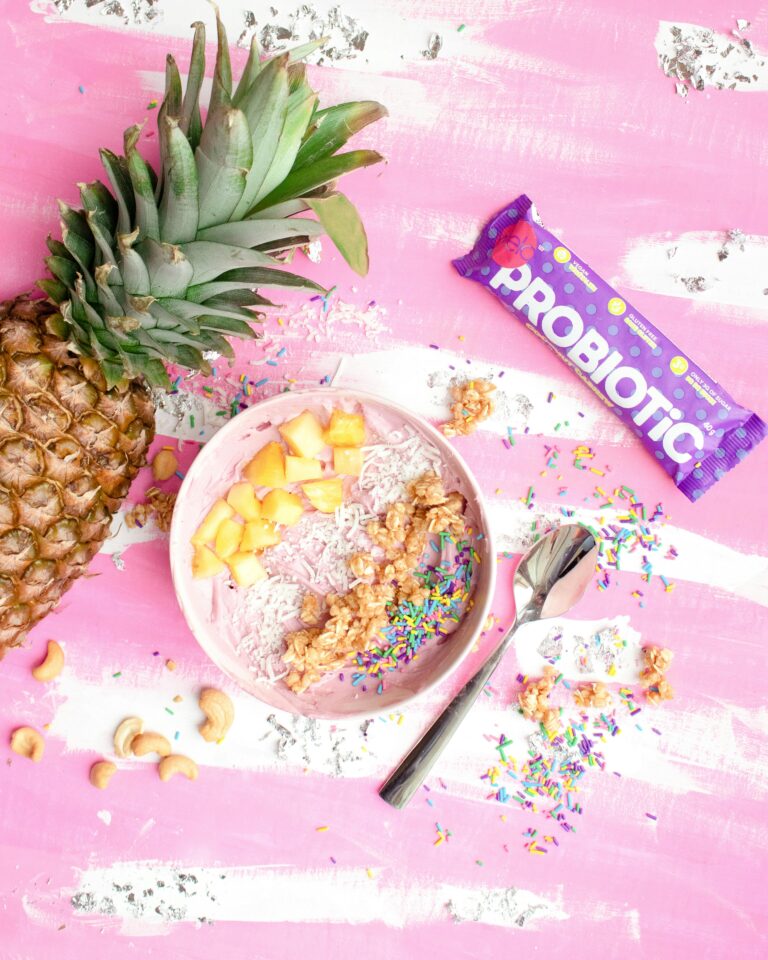

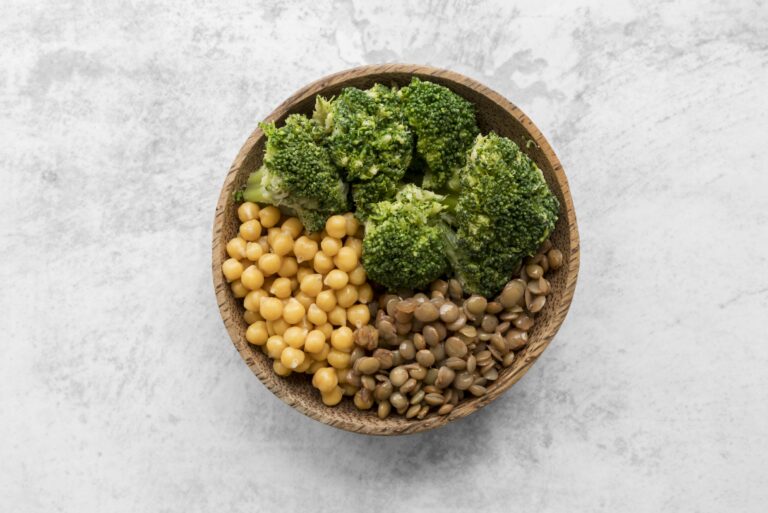
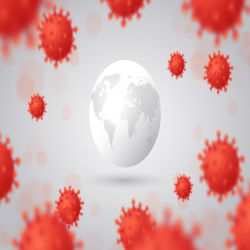
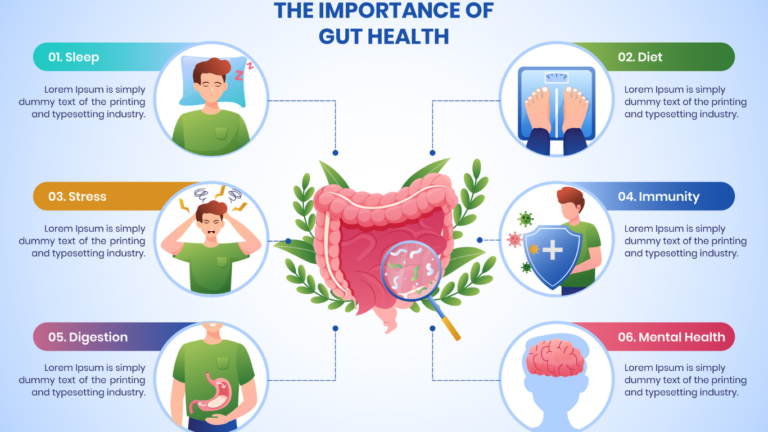

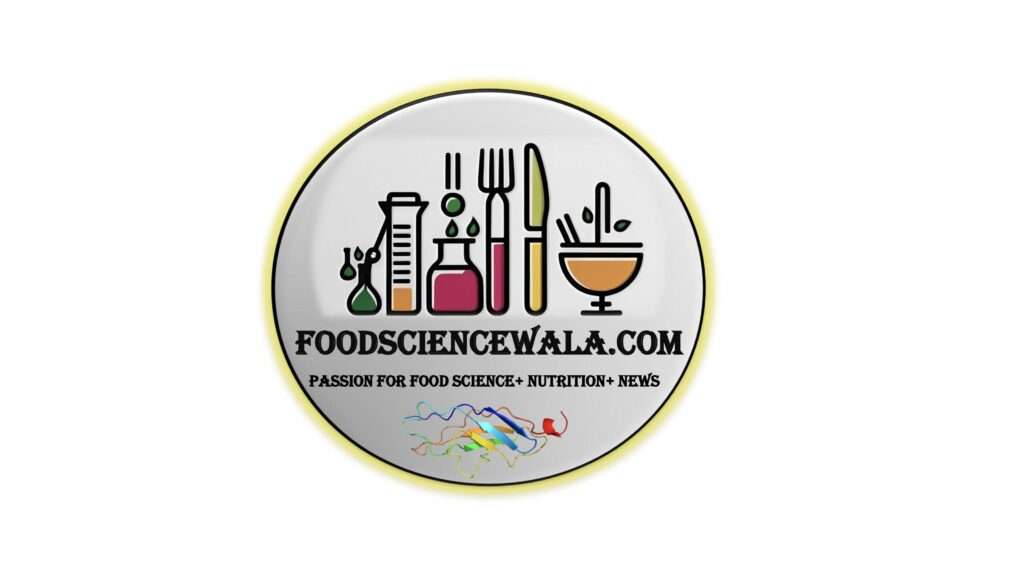



Insightful information. Worth reading….. great work.